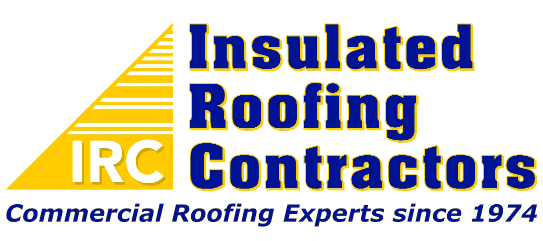DON’T GET ON YOUR ROOF AND WAIT TO SEE WHAT HAPPENS, KNOW WHAT YOU ARE LOOKING FOR BEFOREHAND!
As you prepare to get up on your roof and perform your inspection, you have to start asking yourself what you plan to find and what you should be looking for. Once you’ve written your inspection plan, there are three main items that you should be looking for and three main buckets that each issue should be categorized into. When the inspection is performed and all items of note are being reviewed, it is generally easiest to handle the repairs in category one first because they’re the most important, and then move on to category two, and when category two is complete move on to category three.
It is oftentimes easy to get so busy handling category one repairs that categories two and three get ignored, and those problems eventually become category one repairs. For this reason, it is important to keep the less urgent repairs in the back of your mind, and try to get them fixed before they become category one, major repairs.

Roof Feature Damaged, Need Immediate Repair
If you find an aspect of your roof damaged and in need of repair, it may be urgent or it may be something that you can avoid fixing for a few months. Items that need immediate repair should be categorized in this bucket. As an example, if you find a hole in your roof that is leaking water and allowing the elements into your building, that is a damaged feature that needs immediate repair. However, if you find a damaged gutter, that may fix better into category two.
Roof Feature Damaged, Needs Repair in the Future
As stated in the above paragraph, finding a damaged gutter may fit into this category. The gutter is obviously damaged and will need to be repaired in the future, but if there are other pressing roofing or building maintenance concerns, the gutter can be ignored for a while. Or if a protrusion is cracked above the roof surface, it is damaged, and it should be fixed, but it doesn’t have to be fixed right now. This is a repair that can be delayed until all category one repairs are made.
Roof Feature Showing Signs of Wear, No Repair Needed Yet
This category is a preemptive category, not a reactive one. The purpose of noting items in category one is to remind yourself to check on them later. Perhaps you noted during your last roof inspection that a certain patch of roof is starting to look stretched out and thin, possibly leading to leaks in the future. This isn’t a problem that you will fix now, as it is not even a problem yet. However, it is something that is easy to forget and, if ignored, could lead to a leak or a major problem needing repair.
Don’t write this category off as unimportant during your roof inspection: this is where you can save significant money on repairs. By catching smaller problems before they become major problems, you can avoid making major repairs and only minor ones instead. These smaller repairs will be easier and quicker to make, and also less expensive. When you perform your inspection, note areas of concern that you found on the roof, and where exactly you found them. By doing so, you can remind yourself to double check these areas next time you are on the roof.
Conclusion
There are three major categories of problems you should expect to encounter during your roof inspection. While the third category seems unimportant, it is the greatest money saver of all three and should be taken the most seriously.
